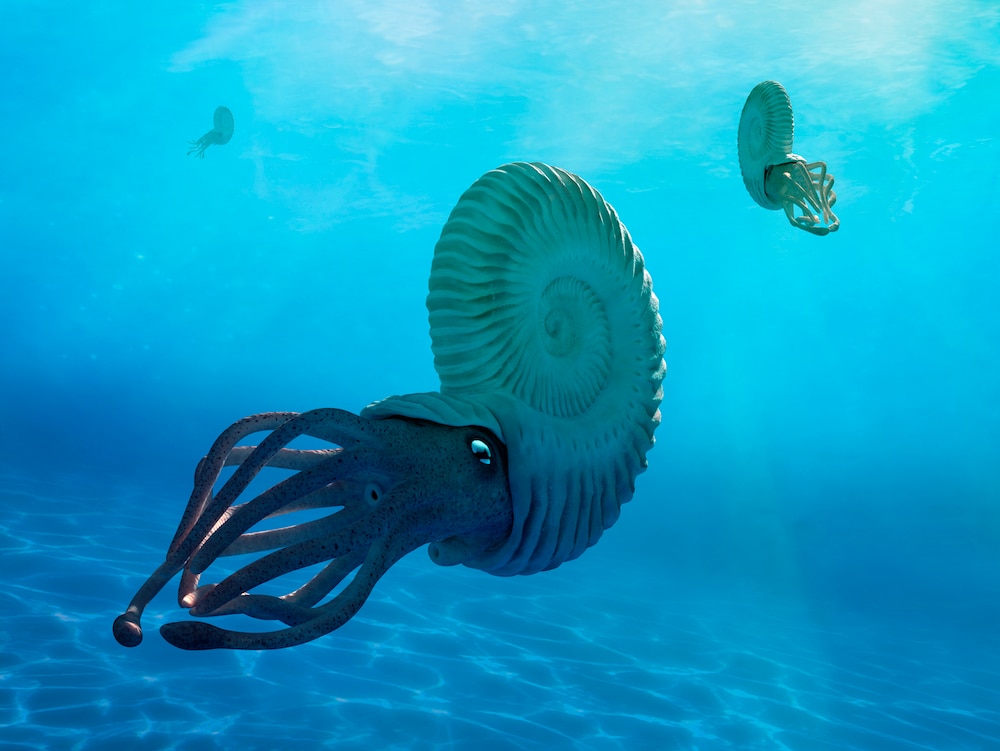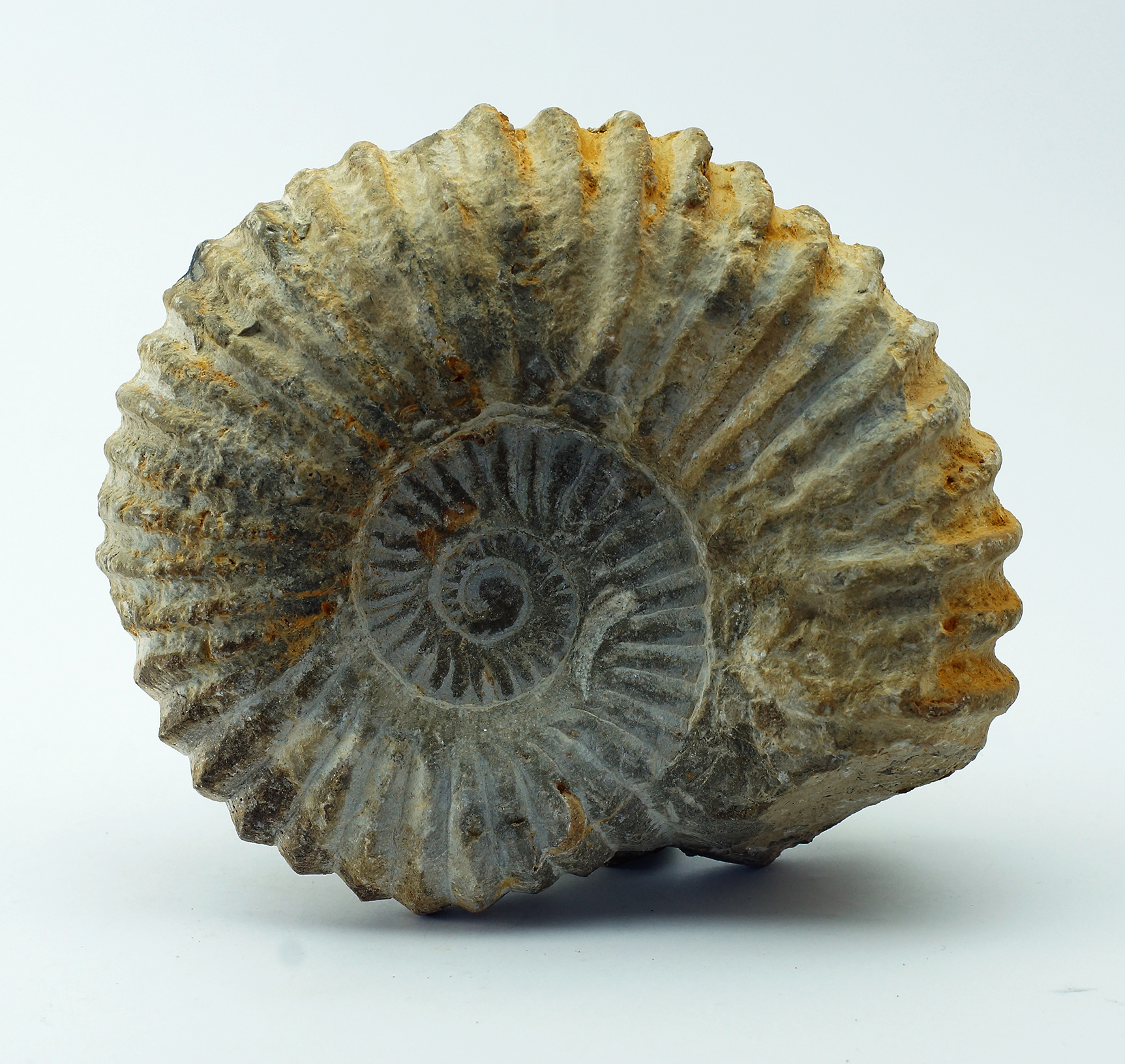

It was said that washing a cow with water that had an ammonite in it for a few hours would cure the cow of cramps. Long ago in Germany a remedy for a cow gone dry was to put an ammonite in the milk pail. It was also good fortune to find an ammonite just before taking a journey. They were considered good fortune and used in ceremonies before a buffalo hunt. The Blackfeet Indians called ammonites buffalo stones for their resemblance to a sleeping buffalo. There are myths and legends about them from cultures all around the world. The shells are decorated with a complex pattern of lines called lirae.Īmmonite fossils have intrigued mankind for centuries. Their septa have folded saddles and lobes. Ammonitida- They first show up during the Permian Period and lasted through the Cretaceous Period.They are characterized by septa with round saddles and serrated lobes. Ceratida- This order existed from the Carboniferous Period to the Triassic Period.They are characterized by septa with round saddles and pointed lobes. Goniatitida- The goniatites ranged from the Devonian to the upper Permian Period.For our ancient fossil, the subclass is Ammonoidea. The tentacled head is the primary feature of the members of this class, so the modern chambered nautilus also belongs to this class. They are mollusks that belong to the class cephalopoda as does the ammonite. Modern day varieties include snails, clams, and oysters, but the octopus and squid have a small internal shell or no shell at all. They belong to the phylum Mollusca because of their soft body and ability to create shells. Since they are without backbones, they are invertebrates. Some speices from the Mesozoic era developed hard plates called Aptychi that covered the opening.Īmmonites are, of course, members of the animal kingdom. It is the pattern created by the folds, along with the position of the siphuncle that is the basis of classification.Īmmonites were probably able to pull their bodies inside the shell for protection. You can clearly see the siphuncle and the septa.The septa, which separate the inner chambers of the ammonite, show folds instead of smooth arcs. The picture below shows a fossil ammonite that has been broken. Instead of going through the middle of the animal, it runs along the inside of the outermost spiral. Inside the shell there is a siphuncle, a tube used for propulsion and buoyancy.The location of the siphuncle is not like the nautilus. This ornamentation, along with shell shape, is also considered in classification. The outside of the shell is often ornamented with ridges, spines, or a pattern of lines called lirae. The chambered part of the shell is called the phragmocone, of which each chamber is called a camera.

The chambers are connected by a tube called a siphuncle.Īmmonite shell structure is similar to the chambered nautilus. The shells had many chambers divided by walls called septa. Their hard shells were easily fossilized and so we have an abundant supply of these fossils to learn from. While they are still a diverse group with about 800 species, it is estimated that there are about 17,000 extinct species. Cephalopods are present in today's oceans as squid, octopus, cuttlefish, and nautiloids. The cephalopods were an abundant and diverse group during the Paleozoic Era. It is thought by some that they evolved from the older nautiloids. and first appeared in the lower Devonian Period.

The ancient fossil was considered Ammon’s stone, thus inheritingĪmmonites belong to the class of animals called mollusks. InĮgyptian mythology, the God Ammon looked like a man with horns like a The name comes from its appearance: it resembles a ram’s horn. This fossil has created enough interest to inspire dozens of stories, legends and myths. Ammonites have intrigued mankind for thousands of years.


 0 kommentar(er)
0 kommentar(er)
